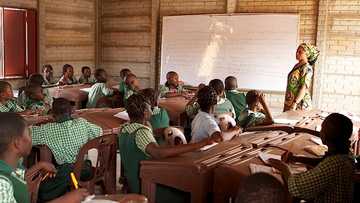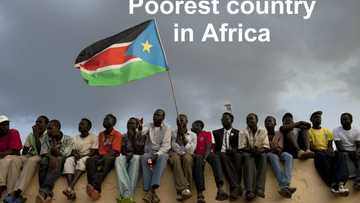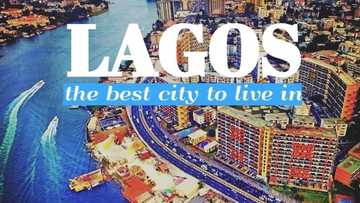Literacy rate in Nigeria by states
Literacy rate in Nigeria is still far from being perfect! A lot of things must happen when Nigeria gets to the top countries with the highest scores in terms of education. Nevertheless, which state can be named the most educated in our country? To find an answer to this question, let’s take a look at the whole problem!
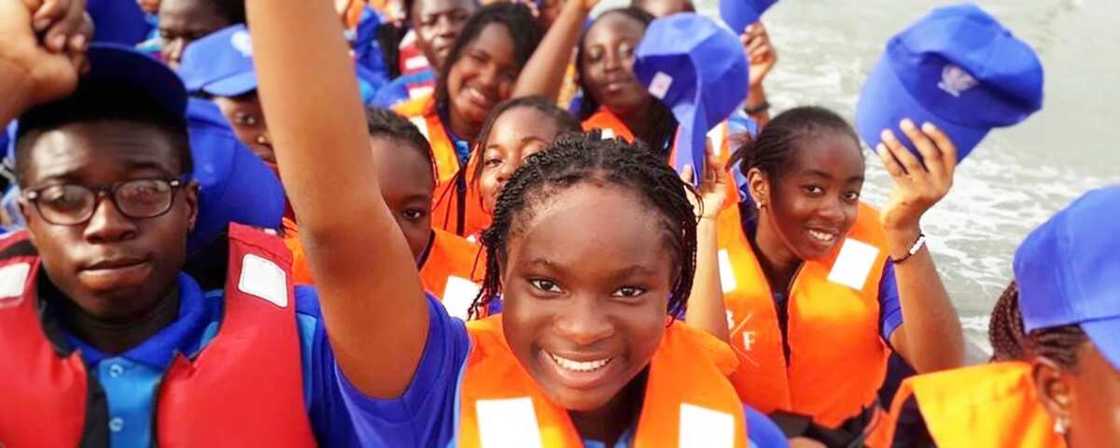
CIA Data
The Central Intelligence of America can be one of the best sources to find out the real situation with education in Nigeria. The CIA World Fact Book provides not the best results about the overall situation with the literacy rate of Nigeria. Just take a look at the data!
- The total population – 59.6%;
- Male – 69.2%;
- Female – 11%.
Let’s be clear and understand the whole situation with the literacy rate in Nigeria! The literate population is defined as people who are older than 15 and can read and write.
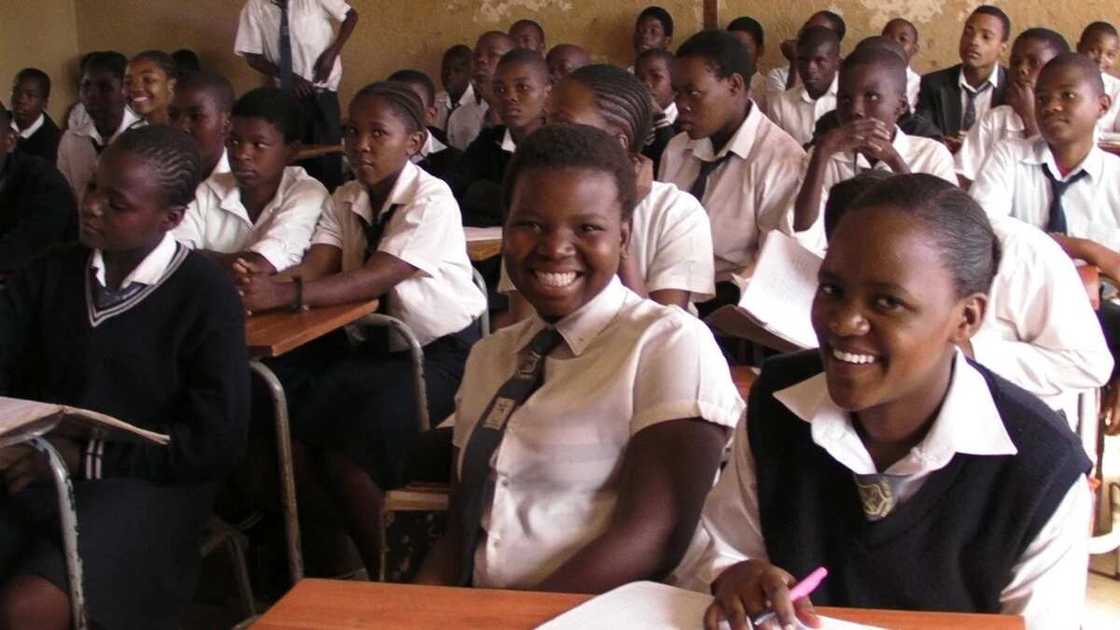
READ ALSO: Kaduna state university postgraduate courses
Education is a vital part of every country, and Nigeria does not provide great results in comparison to other world countries. Still, experts acknowledge that Nigeria is one of the greatest countries in Africa in terms of education.
The National Literacy Survey Data
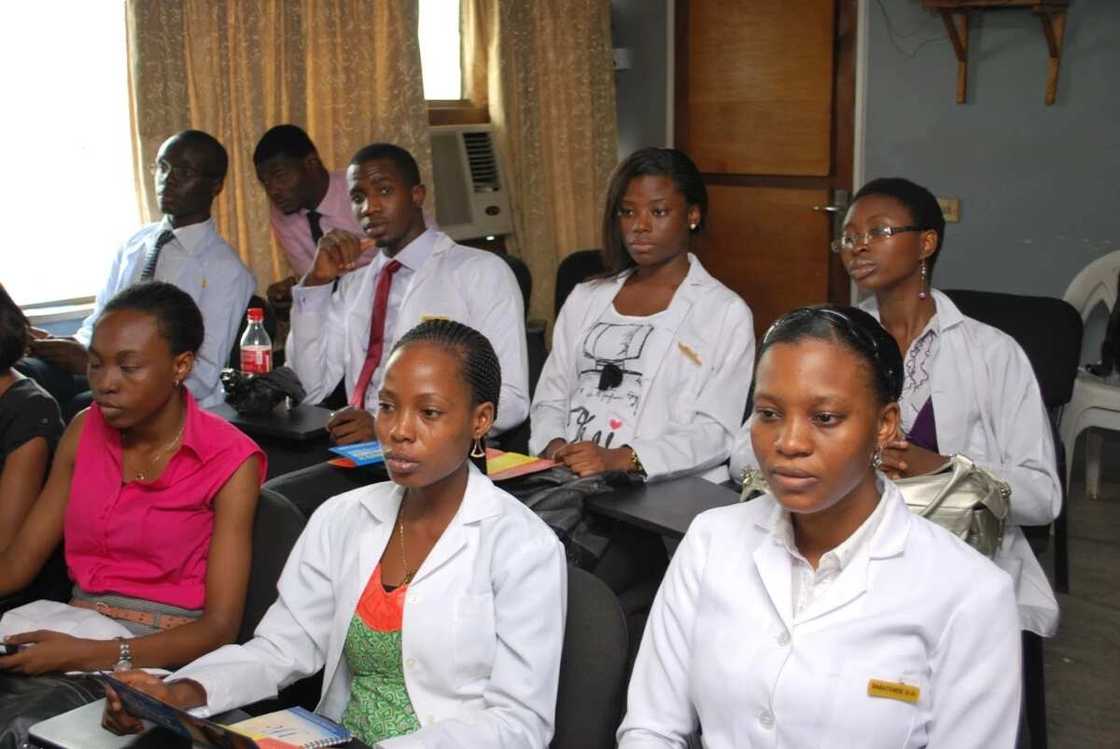
Unfortunately, the national survey on the literacy rate in Nigeria does not happen often. The last time when Nigeria had this kind of survey was in 2010, but it’s still possible to make some conclusions out of this survey as it can explain a lot about what really happens.
The main idea of the survey was to find out the scale of the problem connected with the literacy rate. Moreover, it helps to identify the root problem of the education in the country. It also gives the basis to promote education in the distant regions.
The literacy rate is important not only for the young population of the country but adults. The biggest problem with the illiteracy is that an illiterate adult leads to an illiterate child. The cycle may continue on and on if nobody intrudes. The duty of the Federal Government is to provide the free education to all population, but it doesn’t always work in that way.
Youth literacy rate: English Language
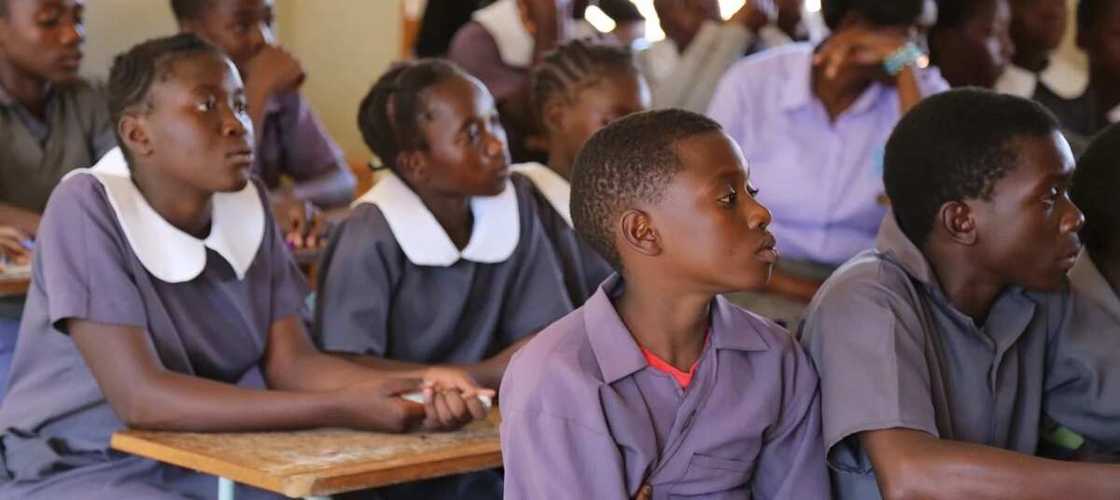
A lot of disputes are centred on the idea of the performance in English tests. According to the national survey, the overall literacy rate in the English language amongst young people is 76.3%. There are also some disputes in data depending on the place of residence or gender. The greatest result in English was provided in Abia State, which is around 95.6%. The lowest result is monitored in Sokoto which is 33.1%.
If we compare the urban and rural literacy rate for Nigeria, then we achieve numbers 90% and 69% respectively. Moreover, the males show higher literacy rate than female – 81 and 71.7% respectively.
Youth literacy rate: Any Language
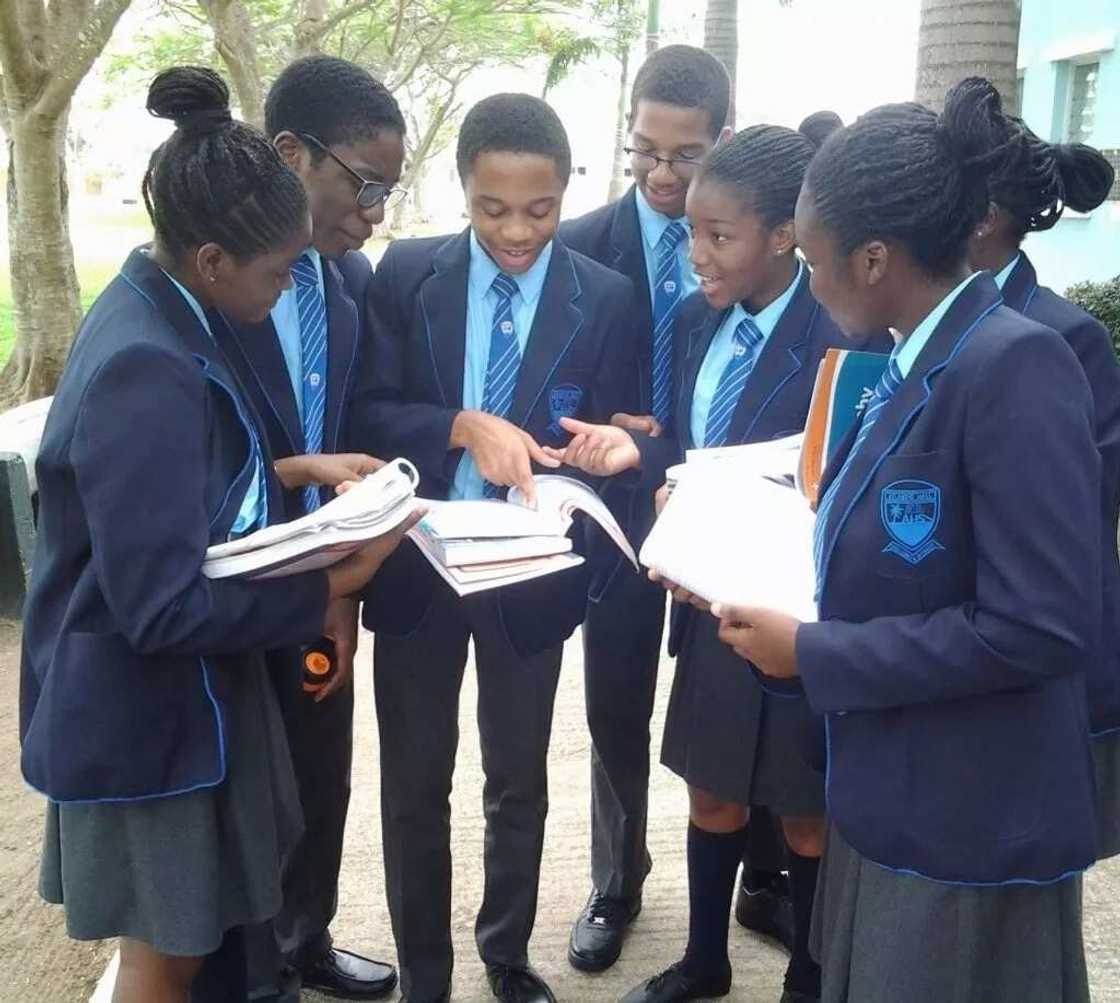
The literacy rate in the Nigerian States by any language shows much greater results. According to the survey, the youth literacy rate in any language provides 85.6% in results. The urban areas show the literacy rate of 94.3% while the rural areas provided only 89.4%. The male literacy rate shows 89.4% while the female provides only 81.6%.
The best states that provided the highest literacy rates are Abia and Lagos – 96.6% and 96.5% respectively.
Adult and Youth literacy rate
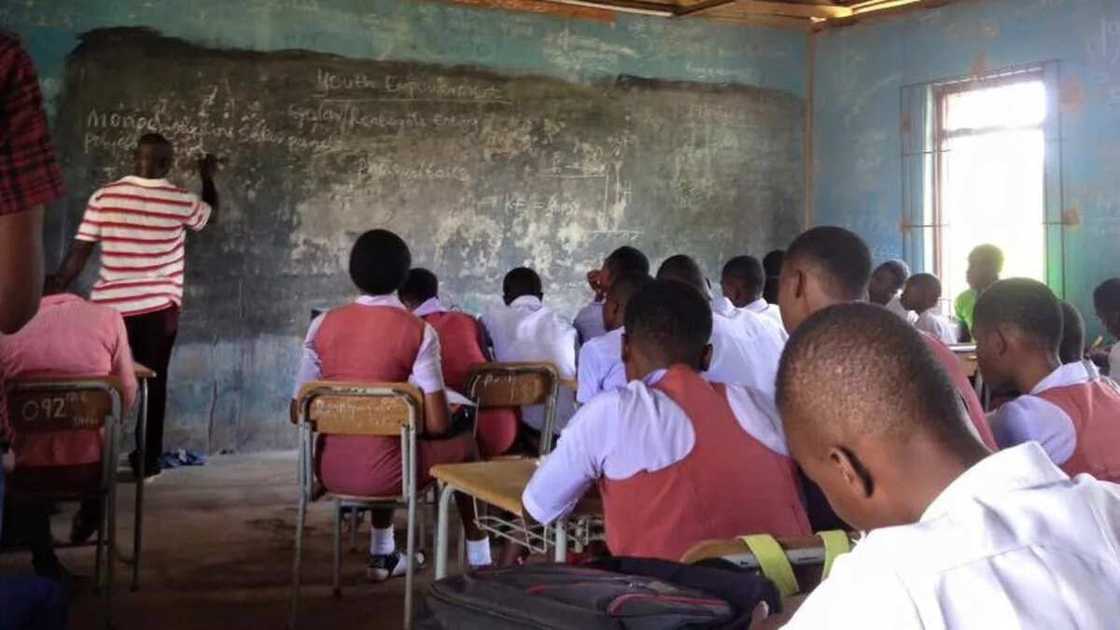
Let’s define who are the youth and who are adults in our scheme. The youth population can be defined as the people who are in the age category from 15 to 24 included. The adult population can be defined as the people who are 25 years old and older. Let’s take a closer look at what you the literacy rate in Nigeria by state according to the Nigerian Statistics.
- FCT – Youth (69.8%), Adults (61.0%);
- Zamfara – Youth (84.6%), Adults (82.5 %);
- Yobe – Youth (61.9 %), Adults (48.9%);
- Taraba – Youth (79.6 %), Adults (62.7%);
- Sokoto – Youth (81.8 %), Adults (77.4 %);
- Rivers – Youth (91.1 %), Adults (65.0%);
- Plateau – Youth (80.8 %), Adults (71.3%);
- Oyo – Youth (94.6%), Adults (70.0%);
- Osun – Youth (96.6 %), Adults (70.2%);
- Ondo – Youth (94.8%), Adults (74.3%);
- Ogun – Youth (93.8 %), Adults (77.7 %);
- Niger – Youth (91.1 %), Adults (50.1%);
- Nasarawa – Youth (80.8%), Adults (54.1 %);
- Lagos – Youth (94.6 %), Adults (87.7%);
- Kwara – Youth (96.6 %), Adults (42.6 %);
- Kogi – Youth (94.8%), Adults (72.5 %);
- Kebbi – Youth (93.8 %), Adults (57.2 %);
- Katsina – Youth (63.9%), Adults (53.3%);
- Kano – Youth (66.0 %), Adults (74.1 %);
- Kaduna – Youth (96.5 %), Adults (72.4 %);
- Jigawa – Youth (80.1%), Adults (74.1%);
- Imo – Youth (91.8%), Adults (82.4 %);
- Gombe – Youth (71.1%), Adults (63.9 %);
- Enugu – Youth (63.6%), Adults (65.0 %);
- Ekiti – Youth (76.8%), Adults (72.2%);
- Edo – Youth (79.9 %), Adults (64.0 %);
- Ebonyi – Youth (96.1 %), Adults (72.2 %);
- Delta – Youth (69.8 %), Adults (71.3 %);
- Cross River – Youth (94.4 %), Adults (70.0%);
- Borno – Youth (95.4 %), Adults (58.6 %);
- Benue – Youth (89.9%), Adults (77.3 %);
- Bayelsa – Youth (88.8 %), Adults (77.7 %);
- Bauchi – Youth (73.3 %), Adults (73.3%);
- Anambra – Youth (93.8 %), Adults (65.7 %);
- Akwa Ibom – Youth (92.7 %), Adults (79.6 %);
- Adamawa – Youth (83.8%), Adults (73.3%);
- Abia – Youth (96.6%), Adults (81.3 %);
- Overall – Youth (85.6 %), Adults (71.6%).
Conclusion
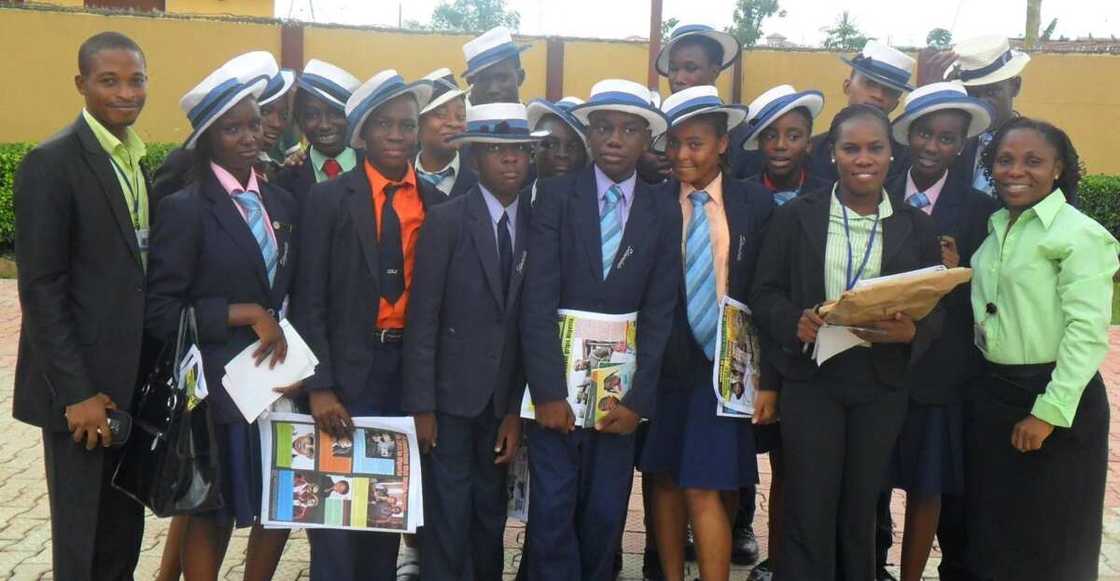
The overall literacy rate in Nigeria is quite drastic. For the last decade, there are not enough changes that could provide the improvement in the education sphere of Nigeria. However, Nigeria moves to the right direction, and experts offer information that literacy rate keeps growing. Still, with better reforms and more investments, the process of overall education can be speeded up by several times!
READ ALSO: Abia State University cut off mark
Source: Legit.ng


